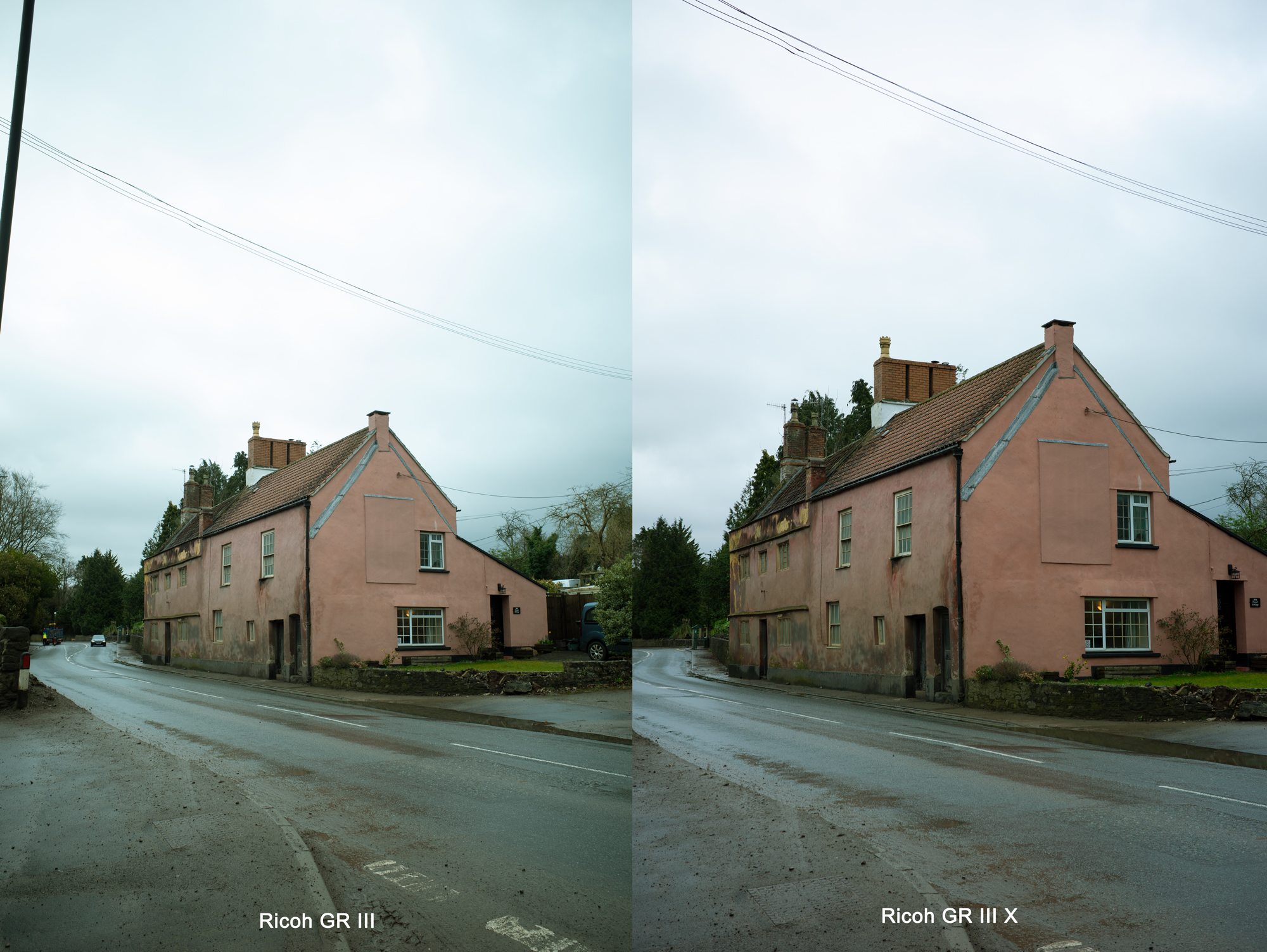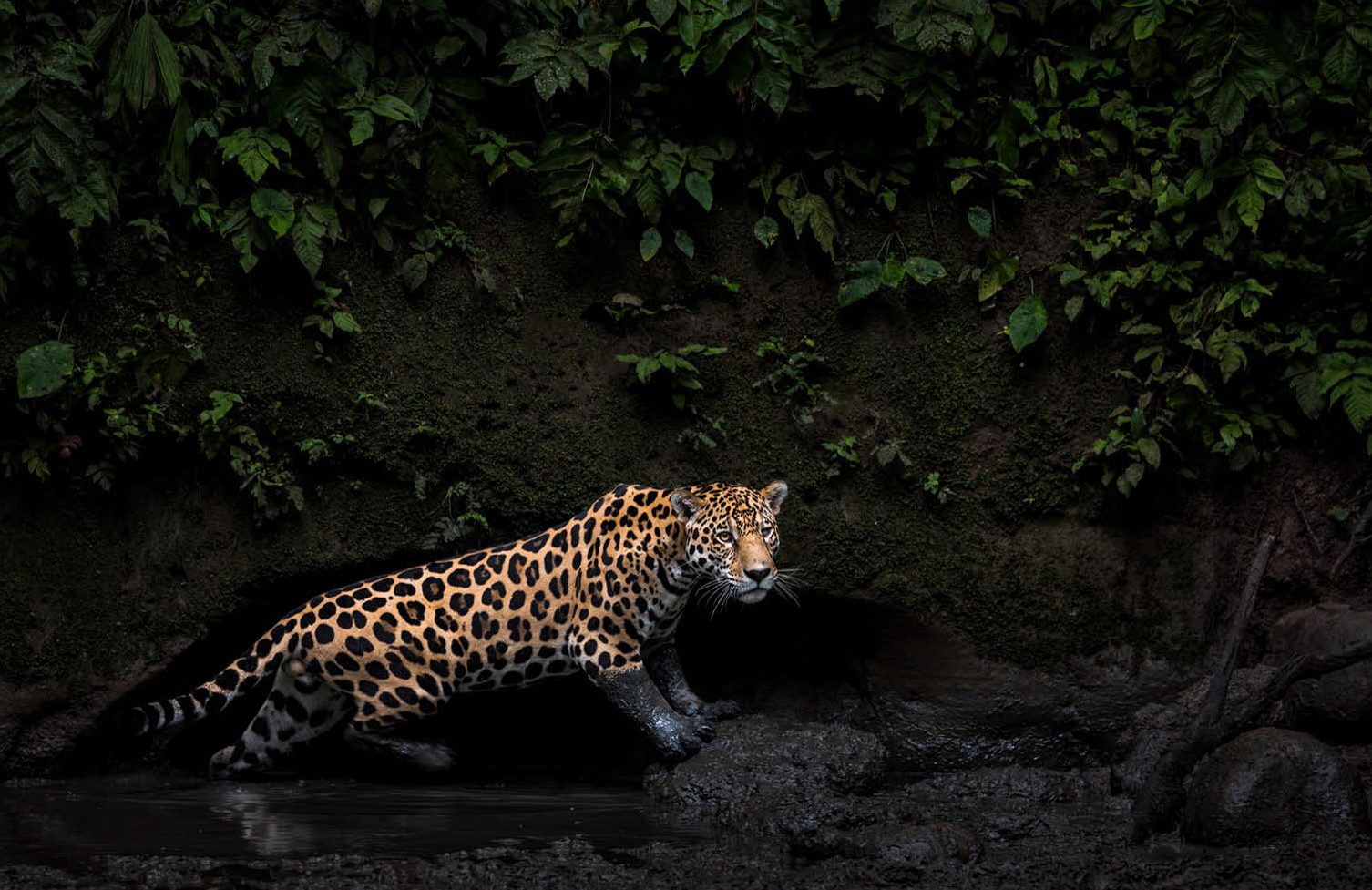Ricoh GR III vs GR IIIx
These two very similar cameras have two major differences - the focal length and the optional lens adapters

If you're in the market for a Ricoh GR III or a Ricoh GR IIIx you might be unsure which to go for. In truth, both luxury APS-C compact cameras are very similar and you can't go wrong with either, they both feature in our best compact camera guide and they have a lot of similarities.
For example, they both have the same 24.2MP CMOS sensor and 3-axis sensor-shift stabilization, and they both include handy features such as in-camera editing, face/eye detection, built-in ND filters and several preset modes – but yet these two cameras can be used very differently.
While the Ricoh GR III is more geared towards landscapes, interior and architecture shots thanks to its wide-angle 18.3mm lens (and optional wide-angle adaptor), the Ricoh GR IIIx is certainly more of a street photographer's camera with a 28mm lens and a telephoto adapter.
Specification
| Header Cell - Column 0 | Ricoh GR III | Ricoh GR IIIx |
|---|---|---|
| Sensor | 24.2MP CMOS | 24.2MP CMOS |
| Focal length / aperture | 18.3mm (Approx. 28mm in 35mm equivalent focal length), F2.8~F16 | 26.1mm (Approx. 40mm in 35mm equivalent focal length), F2.8~F16 |
| Lens construction | 6 elements in 4 groups (2 aspherical lens elements) | 7 elements in 5 groups (2 aspherical lens elements) |
| Screen | 3.0 inch TFT color LCD | 3.0 inch TFT color LCD |
| ISO sensitivity | 100 - 102,400 | 100 - 102,400 |
| Image Stabilization | Sensor-shift shake reduction (SR)(3-axis) | Sensor-shift shake reduction (SR)(3-axis) |
| Still image formats | RAW (DNG) 14bit, JPEG | RAW (DNG) 14bit, JPEG |
| Movie modes | MPEG4 AVC/H.264 (MOV), Full HD (1920x1080, 60p/30p/24p), | MPEG4 AVC/H.264 (MOV), Full HD (1920x1080, 60p/30p/24p), |
| Recording time | 25 mins or 4GB | 25 mins or 4GB |
| Internal memory | 2GB | 2GB |
| Focus type | Hybrid AF | Hybrid AF |
| Crop modes | 35mm, 50mm, OFF | 50mm, 71mm, OFF |
| Dimensions | 109.4(W)×61.9(H)×33.2(D)mm (excluding protrusions) | 109.4(W)×61.9(H)×35.2(D)mm |
| Weight (with battery and SD card) | 257g | 262g |
Ricoh GR III vs Ricoh GR IIIx: Build and handling
Looking at the Ricoh GR III and Ricoh GR III X it's hard to tell them apart unless you look at the lens focal length. Both cameras are very similar in size and weight, the Ricoh GR III comes in slightly lighter at 257g with the battery and SD card while the Ricoh GR III X weighs 262g so there's really nothing in it.
Both cameras have the exact same button layout which includes an aperture wheel on the front of the camera, a shutter speed dial on the back of the camera which can also be used to control focus mode and color simulation but it can also be customized.
They take the same DB-110 battery which can be charged using the external charger or in camera using a USB-C cable. They each take a single SD/SDHC/SDXC memory card but also come with 2GB of internal memory.
Touch screen functionality allows the user to select a focus point, take a photo and zoom in and out when previewing photos.
Ricoh GR III vs Ricoh GR IIIx: Lens and lens adapters
The focal length and available lens adapters are what really set these two cameras apart. All the other features and specifications are pretty similar if not the same so when deciding which to buy, this is going to be your main priority.
For anyone who wants to have a wider field of view, the Ricoh GR III would be your best option. It has an 18.3mm focal range (equivalent to 27.45mm in full frame) so would be much better suited for landscape, interior or architectural photographers looking for a very compact camera with a large sensor. Additionally, you can buy the GA-1 lens adapter and GW-4 wide conversion lens which will give a 21mm view in full frame terms.

Street and portrait photographers would be better off with the Ricoh GR IIIx and its 26.1mm lens (equivalent to 40mm in full frame). A 35mm lens is regularly deemed the best lens for street photography while a 50mm is an extremely good all-rounder so the Ricoh GR III X sits nicely between the two. Should you need a little more telephoto power you can also invest in the GT-2 telelens converter and GA-2 lens adapter which will give you an equivalent focal length of 75mm.
Both cameras can also be used in various crop modes which is another intuitive way Ricoh has made these compact, fixed-lens cameras more versatile. While the Ricoh GR III has crop modes equivalent to 35mm and 50mm the Ricoh GR III X can be cropped to 50mm or 71mm.
Ricoh GR III vs Ricoh GR IIIx: Performance
In terms of how each of these cameras performs, there are very few differences between them despite the Ricoh GR IIIx being released two years later. Both cameras have extremely responsive hybrid AF that can be used in a range of modes including Auto-area AF, Auto-area AF (Center)*, Zone AF, Select AF, Pinpoint AF, Tracking AF, Continuous AF, MF and Snap AF which can be set to 1m, 1.5m, 2m, 2.5m, 5m or infinity.

You can edit photos in-camera on both the Ricoh GR III and the GR IIIx - not only that but if you take a photo in black and white then change your mind, you can easily revert it back to color. Both cameras come with Bluetooth so images can be sent directly to your phone and 2GB of internal storage means that even if you forget your memory card or you can still take roughly 140 JPEGs or 40 RAW files.
Neither camera is particularly sensational when it comes to video but they do offer Full HD up to 60P for a maximum of 25 minutes or up to 4GB. They have a built-in stereo microphone but neither camera comes with an input for an external mic or headphones so if you are planning to shoot a lot of video something like the Sony ZV-1 would be much better suited.
Ricoh GR III vs Ricoh GR IIIx: Verdict
You can't go wrong with either camera in terms of usability, build and image quality however the Ricoh GR III is much better if you want to shoot more wide-angle stuff while the Ricoh GR IIIx is better suited to street photography and portraits thanks to it's 28mm equivalent lens.
The Ricoh GR III is perhaps a little more versatile as not only can you shoot really wide open with the 21mm wide-angle converter, but you can also opt for a 35mm or 50mm crop factor which are very standard focal lengths.
If you want a compact camera that can fit in your pocket but is much more geared towards close-up shots, opt for the GR III X as the 75mm crop factor will be a lot more useful to you.
It really does just come down to what you shoot, and how wide you need your focal length to be, both cameras are a jot to use and will deliver excellent results.
The best camera deals, reviews, product advice, and unmissable photography news, direct to your inbox!

Having studied Journalism and Public Relations at the University of the West of England Hannah developed a love for photography through a module on photojournalism. She specializes in Portrait, Fashion and lifestyle photography but has more recently branched out in the world of stylized product photography. Hannah spent three years working at Wex Photo Video as a Senior Sales Assistant, using her experience and knowledge of cameras to help people buy the equipment that is right for them. With eight years experience working with studio lighting, Hannah has run many successful workshops teaching people how to use different lighting setups.



